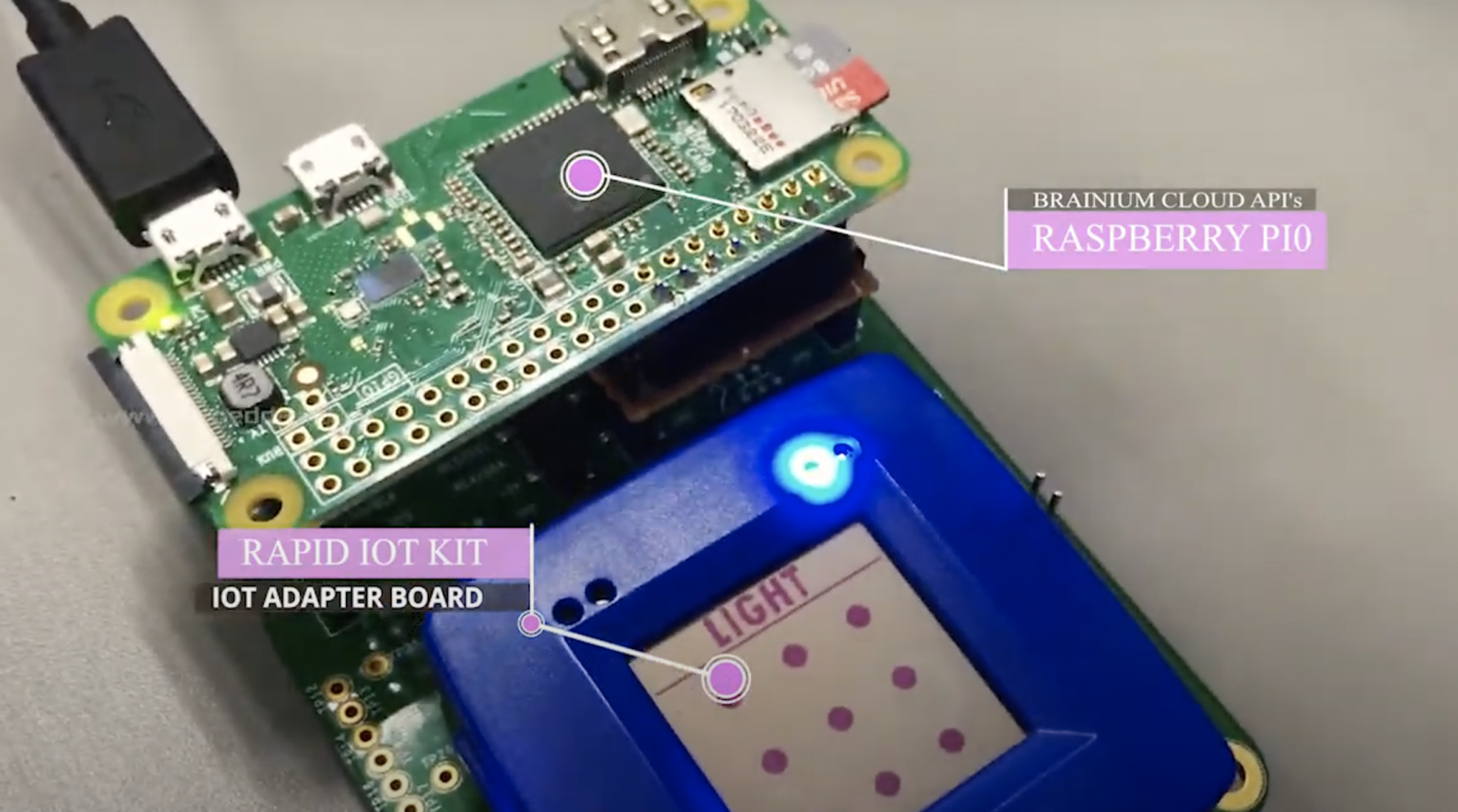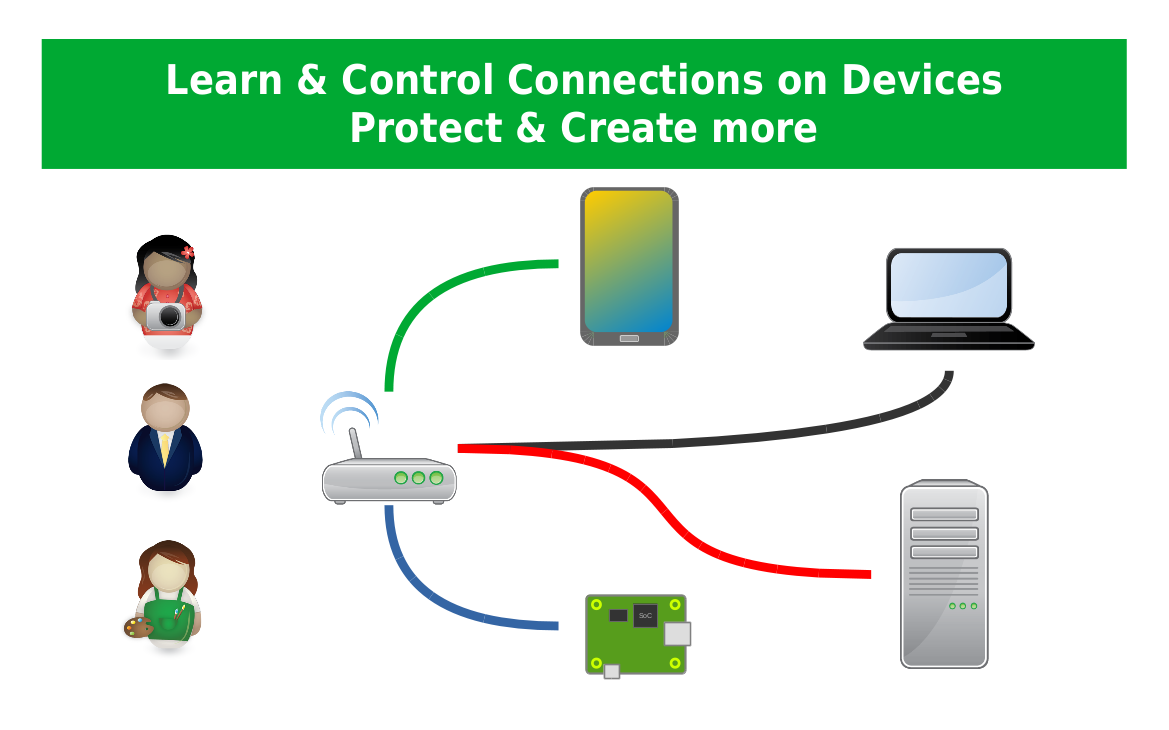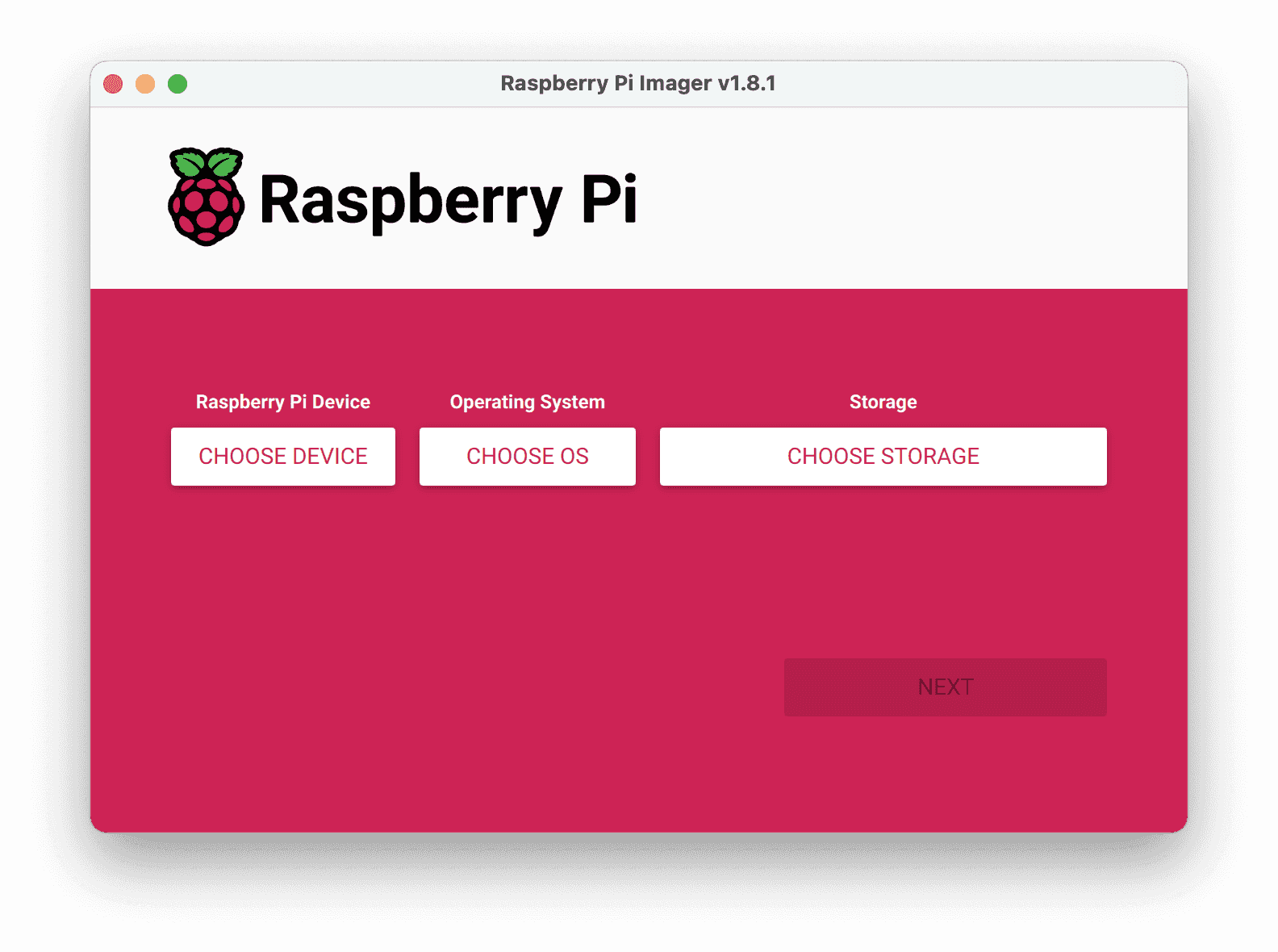Connecting Remote IoT Devices Securely With Raspberry Pi And Free Windows Software
In today's highly connected world, establishing secure communication between remote IoT devices using peer-to-peer (P2P) networks has become more critical than ever. With the increasing adoption of IoT technology by businesses and individuals alike, ensuring data integrity and security is paramount. This article delves into how Raspberry Pi can be utilized to create a secure P2P connection for IoT devices, offering step-by-step guidance and highlighting the availability of free Windows software to enhance your IoT management capabilities.
As IoT devices continue to proliferate across homes, industries, and beyond, the challenges associated with securing these devices have grown exponentially. Remote connectivity without compromising data security demands a robust and well-thought-out setup. This comprehensive guide will walk you through the process of establishing a secure P2P connection using Raspberry Pi, which serves as an affordable and versatile platform for managing IoT ecosystems.
Whether you're a hobbyist tinkering with IoT projects or a professional developer building scalable IoT solutions, understanding how to securely connect remote IoT devices is essential. By the end of this article, you'll have a thorough understanding of the tools, techniques, and best practices required to set up secure connections, download the necessary software, and safeguard your IoT devices against potential threats.
- The Timeless Artistry Of Celine Dion A Journey Through Music And Legacy
- Discovering Bernie Taupin The Man Behind The Iconic Lyrics
Exploring IoT and Peer-to-Peer Connections
What is IoT?
The Internet of Things (IoT) refers to the vast network of interconnected physical devices, ranging from simple household appliances to complex industrial machinery. These devices are embedded with sensors, software, and connectivity capabilities that enable them to collect, exchange, and act upon data. IoT technology has revolutionized various industries, offering unprecedented levels of automation, efficiency, and convenience. However, the rise of IoT also brings significant security concerns, as the increased connectivity introduces potential vulnerabilities that must be addressed.
Peer-to-Peer (P2P) Networks: An Overview
Peer-to-peer (P2P) networks facilitate direct communication between devices without relying on a central server. This decentralized approach offers numerous advantages, including enhanced performance, reduced latency, and improved security. By eliminating the need for intermediaries, P2P networks minimize the risk of data breaches and unauthorized access, making them an ideal solution for securely connecting IoT devices.
Some of the key benefits of P2P networks include:
- Exploring The Life And Legacy Of Albert Ingalls A Tribute To A Literary Icon
- Ed Oneill A Television Legends Journey Through Decades Of Comedy And Drama
- Increased reliability due to the distributed architecture, ensuring seamless communication even if one node fails.
- Lower operational costs, as there is no need for maintaining a central server.
- Enhanced privacy, as data is not stored centrally, reducing the risk of data exposure.
Why Raspberry Pi is Ideal for IoT Projects
Raspberry Pi has emerged as a favorite among developers and hobbyists due to its compact size, affordability, and versatility. This single-board computer is compatible with a wide range of operating systems and programming languages, making it an excellent platform for building IoT solutions. Additionally, Raspberry Pi's energy efficiency and expandability make it suitable for long-term deployments, ensuring reliable performance over extended periods.
Key Features of Raspberry Pi
- Compact form factor and low cost, making it accessible to a broad audience.
- Support for multiple operating systems, including Linux-based distributions, offering flexibility in development.
- General-purpose input/output (GPIO) pins for interfacing with external sensors and devices, expanding its functionality.
- Integrated Wi-Fi and Bluetooth connectivity for seamless wireless communication, enhancing its usability in IoT applications.
These features collectively make Raspberry Pi an ideal choice for creating secure IoT P2P connections. By leveraging its capabilities, you can build robust, scalable, and secure IoT systems tailored to meet your specific needs.
Steps to Establish a Secure IoT P2P Connection Using Raspberry Pi
Setting Up Raspberry Pi
Before you can securely connect your IoT devices, you need to set up your Raspberry Pi. Follow these straightforward steps to get started:
- Download the latest version of Raspberry Pi OS from the official website.
- Use a reliable tool like Balena Etcher to flash the image onto an SD card.
- Insert the SD card into your Raspberry Pi and power it on to boot the system.
- Connect to the Raspberry Pi either via SSH for remote access or directly using a monitor and keyboard for local interaction.
Configuring Network Settings
Establishing a secure P2P connection requires configuring the network settings on your Raspberry Pi. This involves setting up a static IP address and enabling port forwarding if necessary. Follow these instructions to configure your network:
To set a static IP address:
- Open the configuration file using the command:
sudo nano /etc/dhcpcd.conf. - Add the following lines, replacing placeholders with your specific network details:
- interface eth0
- static ip_address=192.168.1.100/24
- static routers=192.168.1.1
- static domain_name_servers=192.168.1.1
Installing Essential Software
Once your Raspberry Pi is set up and configured, the next step is to install the necessary software to enable secure P2P communication. Some essential tools include:
- OpenSSH: Facilitates secure remote access to your Raspberry Pi.
- Mosquitto: A lightweight MQTT broker that enables efficient message passing between IoT devices.
- Iptables: Allows you to configure firewall rules to enhance security.
Install these tools using the following command:
sudo apt update && sudo apt install openssh-server mosquitto iptables
Free Windows Software for Managing IoT Devices
While Raspberry Pi operates on Linux-based systems, managing your IoT devices from a Windows PC is often necessary. Fortunately, several free tools are available to facilitate secure connections and efficient management of your IoT ecosystem.
Recommended Tools
- PuTTY: A widely-used SSH client for Windows that enables secure remote access to your Raspberry Pi.
- MQTT Explorer: A free MQTT client that allows you to monitor and control your IoT devices effortlessly.
- WinSCP: A secure file transfer tool supporting SFTP and SCP protocols, ensuring safe data exchange between your devices.
Download these tools from their official websites and follow the installation instructions to set them up on your Windows PC.
Strengthening Security Measures
Implementing Encryption
Encryption plays a crucial role in securing IoT P2P connections. By encrypting data transmitted between devices, you can effectively prevent unauthorized access and safeguard sensitive information. Utilize tools like OpenSSL to generate certificates and implement SSL/TLS encryption on your Raspberry Pi, ensuring secure communication.
Regular Updates and Patch Management
Maintaining up-to-date software is vital for ensuring security. Regularly check for updates to your operating system, applications, and firmware, and apply them promptly to address any vulnerabilities that may arise.
Best Practices for Managing IoT Devices
Effectively managing IoT devices requires adherence to best practices. Here are some recommendations to ensure your IoT ecosystem remains secure and functional:
- Use strong, unique passwords and enable two-factor authentication (2FA) wherever feasible to enhance security.
- Segment your network to isolate IoT devices from other systems, minimizing the risk of unauthorized access.
- Monitor device activity continuously and configure alerts for any suspicious behavior to quickly identify and address potential threats.
- Regularly back up important data and configurations to prevent data loss in case of unforeseen events.
Real-World Applications of IoT P2P Connections
Smart Home Automation
Smart home automation is one of the most prevalent applications of IoT technology. By securely connecting remote IoT devices through P2P networks, homeowners can control lighting, climate, security systems, and more from anywhere in the world. Raspberry Pi serves as a central hub in this setup, managing and coordinating the operations of various connected devices.
Industrial IoT
In industrial environments, IoT devices are deployed to monitor machinery performance, optimize operational processes, and enhance safety standards. Secure P2P connections enable real-time data exchange between devices, facilitating faster decision-making and improving overall efficiency. This technology plays a crucial role in driving innovation and competitiveness in modern industries.
Emerging Trends in IoT Security
As IoT technology continues to evolve, so do the associated security challenges. Cutting-edge technologies such as blockchain and edge computing offer promising solutions to enhance IoT security. Blockchain provides a decentralized and tamper-proof ledger for storing data, ensuring transparency and integrity. Edge computing, on the other hand, reduces latency by processing data closer to the source, enabling faster responses and improved performance.
Conclusion
In conclusion, securely connecting remote IoT devices through P2P networks is essential for maintaining data integrity and safeguarding against cyber threats. By leveraging Raspberry Pi and adhering to best practices, you can create a robust and secure IoT ecosystem. Additionally, downloading the necessary Windows software for free allows you to manage your IoT devices effectively and efficiently.
We encourage you to share your thoughts and experiences in the comments section below. Furthermore, feel free to explore other articles on our site for more insights into IoT and related technologies. Together, let's build a safer, smarter, and more connected world!
Table of Contents
- Connecting Remote IoT Devices Securely with Raspberry Pi and Free Windows Software
- Exploring IoT and Peer-to-Peer Connections
- Why Raspberry Pi is Ideal for IoT Projects
- Steps to Establish a Secure IoT P2P Connection Using Raspberry Pi
- Free Windows Software for Managing IoT Devices
- Strengthening Security Measures
- Best Practices for Managing IoT Devices
- Real-World Applications of IoT P2P Connections
- Emerging Trends in IoT Security
- Conclusion
- Discovering The Talented Miranda Wilking A Rising Star In The Performing Arts
- Discovering The Rising Star Damson Idris

Securely Connect Remote IoT VPC Raspberry Pi Download Windows Free

Securely Connect Remote IoT P2P Raspberry Pi Download Windows A

Securely Connect RemoteIoT P2P SSH Raspberry Pi Download For Windows